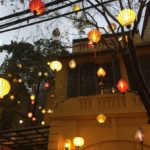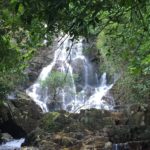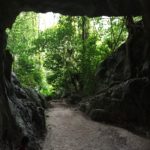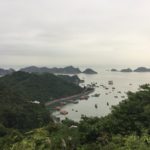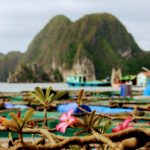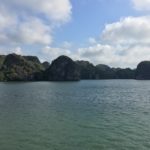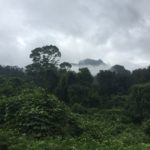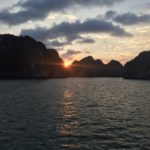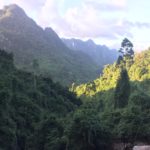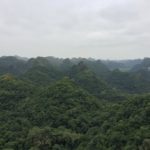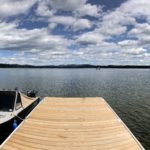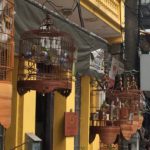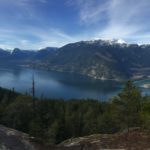Positive Impacts
Increase in accommodation revenue
Increased tourism activity in Vernon has resulted in increased revenue for the local accommodation industry such as hotels, motels, bed and breakfast places, etc. The accommodation revenue had jumped to 20% in 2012 according to a report from the newspaper Vernon Morning star. According to the Tourism Vernon report, room revenue in the city of Vernon in 2011 was only $17.4 million which drastically increased to over $39.7 million in 2019 (Tourism Vernon 2020).
Job growth
Revenue growth in the accommodation sector has a positive impact on the local job market. It has provided opportunities for the local accommodation businesses to create more employment opportunities for the local people (Tourism a driving force in North Okanagan job growth 2012).
Creation of diverse jobs
About 400 different occupations fall under the Tourism and hospitality industry globally. The growing industry has helped create a variety of jobs locally in Vernon ranging from a chef at a restaurant to a host of a nature tour or running a bed and breakfast place (Tourism a driving force in North Okanagan job growth 2012).
Shift from the agriculture-based economy
Vernon is a home to about 40,000 people and due to its mild winter climate and long warm summers its economy was based on agriculture and businesses related to it but in recent decades new industries such as tourism, construction, and manufacturing are driving the economy (Economic Overview 2016).
Growth of small businesses
Tourism businesses in Vernon are mostly of a smaller size and locally owned, there are about 26 hotels in the city averaging 40-50 rooms each (Tourism Vernon 2020). In 2014 Vernon won an award at BC Small Business Roundtables for supporting the growth of small local businesses (Economic Overview 2016).
Negative Impacts
Infrastructure
Increased load on the communities’ existing infrastructure, i.e.: waste and water systems, roads, trails, highways, accommodations, airports, ports. Increased tourism will require necessary upgrades to existing infrastructure, or future re-investment to plan and develop additional infrastructure resources to support the community and increasing tourism base to the area (Ministry of Business, Innovation and Employment, 2016). According to the City of Vernon’s 2013 Community Plan “ The City’s infrastructure assets are virtually at half their anticipated service life and with ongoing use and the passage of time, existing infrastructure is deteriorating. Much of the City’s infrastructure will be reaching the end of its expected service life over the next few decades and will require a significant investment to maintain existing levels of service” (City of Vernon, 2020).
Environment and Eco-systems
Increased stress/load on the communities’ environment and eco-system through tourism. These effects have direct and indirect causes and involves many activities. These negative impacts can come from direct results of tourists, but also from the indirect results stemming from the growth and development of infrastructure, to accommodate the tourists and tourism. The tourism environment is comprised of both the natural and the community environments. Tourism can have negative and detrimental effects on the people of a community, as well as the wildlife and/or sensitive eco-systems within the area. (Ghulam, Sharmin, Faijul, & Hoque, 2013).
Some examples of negative environmental effects can include:
•Increased traffic and carbon emissions and noise pollution
•Increased risk of wildfires due to campfires, sparks from recreational vehicles, etc.
•Increased water pollution and aquatic disturbance due to humans and powered watercraft.
•Unintentional and intentional vandalism, littering, damage and disturbances to environment and eco-systems.
Vernon Tourism has addressed the need for environmental sustainability in their Tourism Business Plan. It is listed as one of their priority initiative strategies for sustainable tourism in Vernon. “Vernon’s tourism draw is highly connected to the natural environment and unique culture of the destination. Outdoor recreation in nature, scenery and wildlife viewing are all included in travel motivators to Vernon. The continued focus on cultural stewardship and protecting and preserving the surrounding natural assets is a key priority for all stakeholders to action”. (Vernon Tourism, 2020)
Economy
Not only does tourism have a positive effect on economy, it can have some negative effects as well. Tourism can inflate prices within the community on products, services and housing. It can also affect employment if the community is not hiring from the local workforce and available local employees; but instead, they are hiring foreign workers to fill positions within various industries, such as agri-tourism. Leakage can also occur if hotels, or other large tourist products/services within the community are owned by outside corporate investors and stakeholders. Profits that are realized from these corporate properties will not necessarily be recirculated and will not create a multiplier effect (Stainton, 2020).
Community Services
Increased case loads on city/government public services such as, medical walk-in clinics, hospitals, police, fire, ambulance, wildlife and fisheries
•Increase in vehicle break-ins, theft and property damage.
•Increase in people other than residents, to walk-in clinics, emergency rooms, increased workload for medical personnel. •Increase in emergency tourist incidents requiring ambulance, paramedics, fire, search and rescue•Increase in supervision by conservation officers in provincial parks, lakes, rivers, campgrounds, etc.



